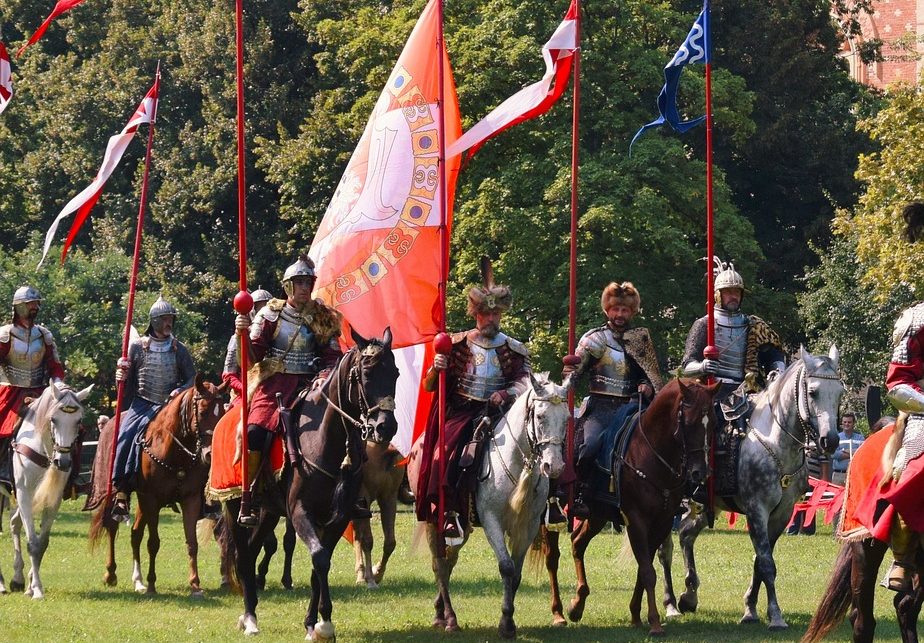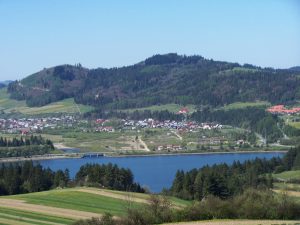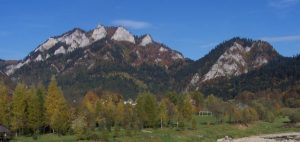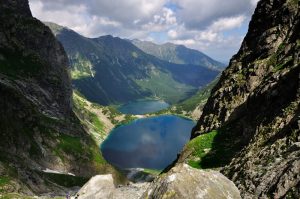
Organized by the Waclaw Felczak Institute, the event is titled "Poland-Hungary - the story of a friendship."Continue reading

The Polish Tourism Organization, Dr. Tibor Gerencsér, Hungarian Consul in Krakow, and the PTTK (Polish Tourist and Sightseeing Society) are launching a joint project to create a Polish-Hungarian Trail in Lesser Poland (Małopolska), Turizmus.com reports. Planning and implementation of the trail has already started with the help of guides, historians, and tourism experts.
Hungary and Poland are connected by centuries-old historical links. This bond is based on the dynastic ties between the Royal Houses of the Árpáds and the Piasts, their common kings, saints, and similar historical experiences, writes the Polish Tourism Organization’s statement. The tradition of the once flourishing trade between the two states is preserved in the names of the public squares of several towns in Lesser Poland (historical region in southern Poland) and in the old wine cellars that can be found in the main squares of all the towns in the region.

Niedzica (Nedec), village in Lesser Poland. Photo: Wikipedia
Alongside traders, large numbers of writers, poets, scholars, and pilgrims visited each other’s countries. Many prominent or less well-known Hungarians lived in the border regions of the two countries, as a part of Lesser Poland belonged to the Austro-Hungarian Empire. The names of some have been preserved in history, while the memories of others are known only to members of one or the other nation, or even to the inhabitants of a small region.
The aim of the Polish-Hungarian Trail is to present the Hungarian memories of the region, starting in the town of Oravka (Kisárva) and extends through Podhale to the Spiš region, to the Polish and Hungarian public, using the opportunities offered by 21st century tourism.
Another aim of the trail is to enable tourists to discover the rich historical, cultural, ethnographic, and natural heritage of the region by walking along the route.

The Pieniny mountain range. Photo: Wikipedia
An important objective is to decentralize Hungarian tourism to Zakopane and Krakow. The route includes urban, small town, and natural assets and is therefore suitable for a wider range of tourists.

Black Lake below Mount Rysy in the Tatra mountains, southern Poland. Photo: Wikipedia
The route of the Polish-Hungarian Trail is designed to allow people arriving by car or bus to cover most of the route over a long weekend. The trail includes the castle of Niedzica (Nedec), Black Lake, Szczawnica, Podwilk, and Oravka, and introduces historical personalities such as József Szalay, Adorján Divéky, Wacław Felczak, and Károly Jugenfeld to tourists.
Via Turizmus.com, Featured image: Wikipedia